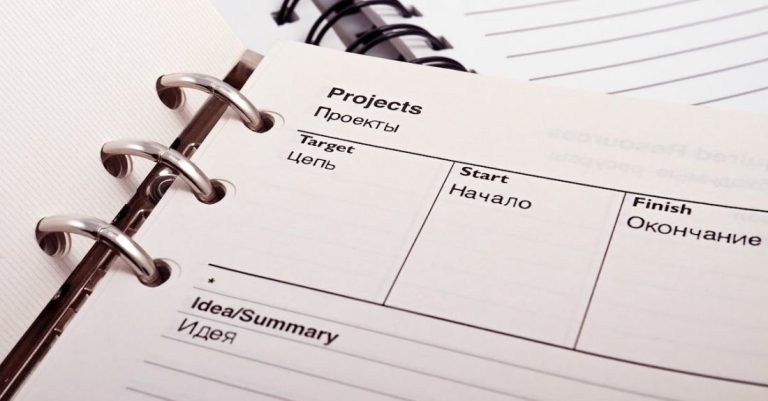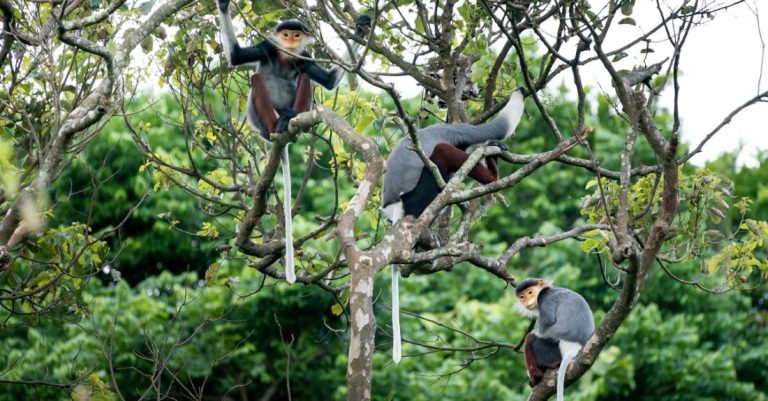
In today’s rapidly developing world, the preservation of natural habitats for wildlife has become increasingly crucial. Among the various conservation strategies employed, wildlife corridors have emerged as a key tool in promoting biodiversity and supporting the interconnectedness of ecosystems. These corridors serve as vital pathways that allow animals to move freely between fragmented habitats, offering a range of benefits that contribute to the overall health of wildlife populations and their environments.
Enhancing Genetic Diversity
One of the primary benefits of wildlife corridors is their role in promoting genetic diversity among wildlife populations. By providing safe passages for animals to traverse between isolated habitats, corridors enable the exchange of genetic material between individuals from different areas. This genetic mixing helps prevent inbreeding and increases the resilience of species to environmental challenges such as disease outbreaks and climate change. As a result, wildlife corridors play a critical role in maintaining healthy and sustainable populations across diverse ecosystems.
Reducing Habitat Fragmentation
Habitat fragmentation, caused by human activities such as urban development, agriculture, and infrastructure projects, can have detrimental effects on wildlife populations. By creating barriers that limit the movement of animals, fragmented habitats can lead to decreased genetic diversity, increased competition for resources, and higher rates of mortality. Wildlife corridors help counter the effects of habitat fragmentation by providing continuous pathways that connect isolated habitats, allowing animals to move freely and access essential resources such as food, water, and shelter. This connectivity is essential for the long-term survival of many species and helps maintain the ecological balance of ecosystems.
Promoting Species Migration
Migration is a natural behavior observed in many animal species, allowing them to respond to seasonal changes, find suitable breeding grounds, or seek new food sources. Wildlife corridors play a vital role in facilitating these natural movements by providing safe routes for animals to travel between different habitats. For migratory species such as birds, mammals, and fish, corridors offer essential stopover points where they can rest and refuel during their journeys. By supporting species migration, wildlife corridors help maintain population dynamics, preserve biodiversity, and ensure the survival of migratory species in the face of environmental challenges.
Enhancing Ecosystem Resilience
Ecosystems are complex networks of interconnected species and habitats that rely on various interactions to maintain their balance and function. Wildlife corridors contribute to the resilience of ecosystems by allowing for the movement of species, seeds, and nutrients between different areas. This connectivity helps ecosystems adapt to changing environmental conditions, recover from disturbances such as natural disasters or human activities, and support the overall health and diversity of plant and animal communities. By enhancing ecosystem resilience, wildlife corridors play a critical role in ensuring the long-term sustainability of natural habitats and the species that depend on them.
Supporting Conservation Efforts
Wildlife corridors are essential tools in conservation efforts aimed at protecting endangered species and preserving biodiversity. By creating and maintaining these pathways, conservation organizations and governments can facilitate the movement of wildlife across landscapes, establish protected areas, and implement habitat restoration projects. Wildlife corridors also raise awareness about the importance of preserving natural habitats and fostering coexistence between humans and wildlife. By supporting conservation efforts, wildlife corridors contribute to the safeguarding of ecosystems, the conservation of endangered species, and the promotion of sustainable land management practices.
In conclusion, wildlife corridors play a vital role in promoting biodiversity, supporting species migration, enhancing ecosystem resilience, and facilitating conservation efforts. These essential pathways serve as lifelines for wildlife, allowing them to move freely between habitats, access resources, and maintain healthy populations. By recognizing the benefits of wildlife corridors and investing in their creation and maintenance, we can help protect the natural world, preserve biodiversity, and ensure a sustainable future for both wildlife and humans alike.





